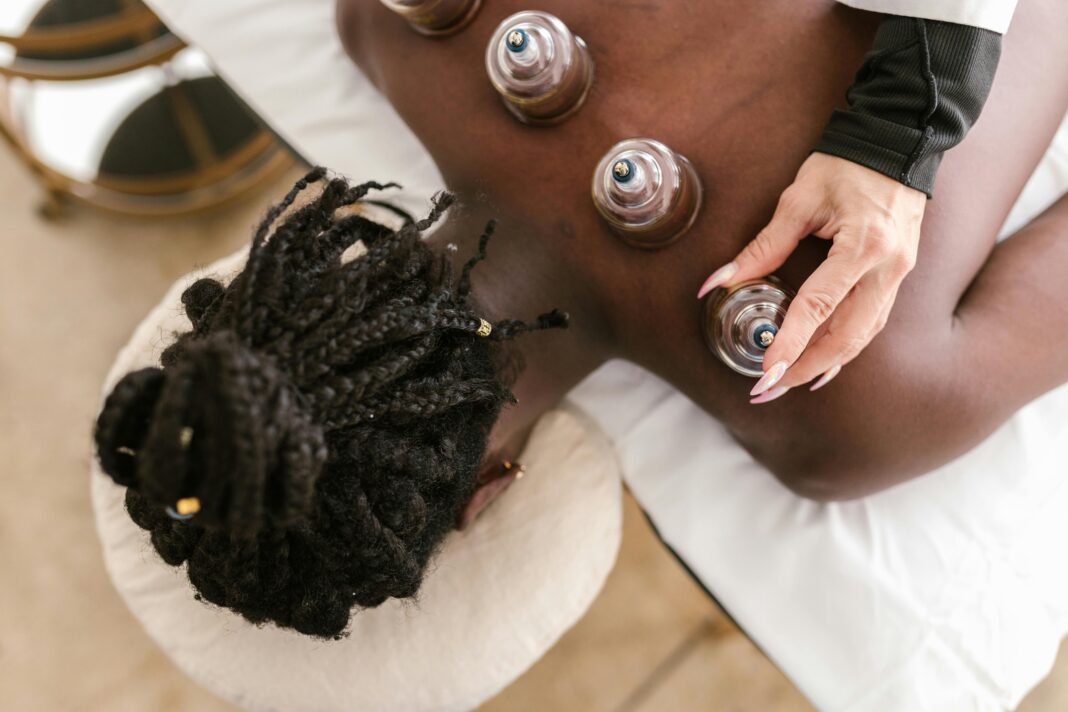Understanding Hijama and Bed Mobility Aid Chairs
Hijama, also known as cupping therapy, is a traditional healing practice that involves creating suction on the skin using cups. This practice is believed to improve blood circulation, reduce pain, and promote healing. For individuals with limited mobility, using a bed mobility aid chair can make the hijama process more comfortable and efficient.
Benefits of Using a Bed Mobility Aid Chair for Hijama
- Enhanced Comfort: A bed mobility aid chair allows the patient to remain comfortable and supported during the hijama procedure, reducing the risk of discomfort or pain.
- Improved Accessibility: By providing a stable and adjustable platform, a bed mobility aid chair can make it easier for the therapist to reach and treat the patient’s back and other areas.
- Enhanced Safety: Using a chair can help prevent falls and injuries, especially for patients with limited balance or strength.
- Increased Efficiency: A bed mobility aid chair can streamline the hijama process, allowing the therapist to focus on providing the treatment without worrying about the patient’s comfort or safety.
Choosing the Right Bed Mobility Aid Chair for Hijama
When selecting a bed mobility aid chair for hijama, consider the following factors:
- Adjustability: The chair should be adjustable in height and angle to ensure the patient is positioned comfortably for the procedure.
- Swivel Base: A swivel base can make it easier for the therapist to access different areas of the patient’s body.
- Armrests: Armrests can provide support and stability for the patient, making it easier to transfer to and from the chair.
- Footrests: Footrests can help maintain proper alignment and prevent falls.
- Weight Capacity: The chair should be able to support the patient’s weight comfortably.
Wet Cupping and Bed Mobility Aid Chairs
Wet cupping, a variation of hijama that involves making small incisions in the skin before applying the cups, may require additional considerations when using a bed mobility aid chair. Ensure that the chair is easy to clean and disinfect, as there may be a risk of blood spillage. Additionally, consider using a waterproof or water-resistant covering for the chair to protect it from any accidental spills.
Safety Tips for Using a Bed Mobility Aid Chair for Hijama
- Proper Training: Ensure that both the patient and therapist are trained in the safe and effective use of the bed mobility aid chair.
- Regular Maintenance: Regularly inspect the chair for any signs of wear or damage and follow the manufacturer’s maintenance instructions.
- Weight Capacity: Do not exceed the chair’s weight capacity.
- Patient Comfort: Ensure that the patient is comfortable and supported throughout the procedure.
- Communication: Maintain clear and effective communication between the patient and therapist to ensure a safe and successful hijama session.
Additional Considerations for Using a Bed Mobility Aid Chair for Hijama
Specialized Features for Hijama
While standard bed mobility aid chairs are suitable for many hijama procedures, there are specialized features that may be beneficial:
- Reclining Function: A reclining function can allow the patient to relax more comfortably during the procedure, especially for those with back pain or other discomfort.
- Armrest Adjustments: Adjustable armrests can help position the patient’s arms in a comfortable and supportive position.
- Headrest: A headrest can provide additional support and comfort for the patient’s head and neck.
Caregiver Considerations
- Proper Body Mechanics: Caregivers should use proper body mechanics to avoid straining their back and joints when assisting patients in transferring to and from the bed mobility aid chair.
- Patient Safety: Ensure that the patient is securely positioned in the chair and that the chair is locked in place before beginning the hijama procedure.
- Comfort and Support: Provide emotional support and reassurance to the patient throughout the procedure.
Patient Comfort and Safety
- Skin Sensitivity: If the patient has sensitive skin, consider using a soft, padded cushion on the chair to prevent discomfort.
- Allergies: Be aware of any allergies the patient may have to materials used in the bed mobility aid chair.
- Post-Procedure Care: Provide instructions for post-procedure care, including wound cleaning and dressing.
Home Modifications
- Clear Pathways: Ensure that pathways around the bed and chair are clear of obstacles to facilitate easy movement.
- Lighting: Adequate lighting can help improve visibility and reduce the risk of falls.
- Storage: Consider storing the bed mobility aid chair in a convenient location to make it easily accessible when needed.
Professional Consultation
If you have any concerns or questions about using a bed mobility aid chair for hijama, consult with a healthcare professional or occupational therapist. They can provide guidance and recommendations based on your specific needs.
By carefully considering these additional factors, you can ensure a safe, comfortable, and effective hijama experience using a bed mobility aid chair.
Conclusion
A bed mobility aid chair can be a valuable tool for individuals undergoing hijama, especially those with limited mobility. By choosing the right chair and following safety guidelines, patients and therapists can ensure a comfortable, efficient, and safe hijama experience.







